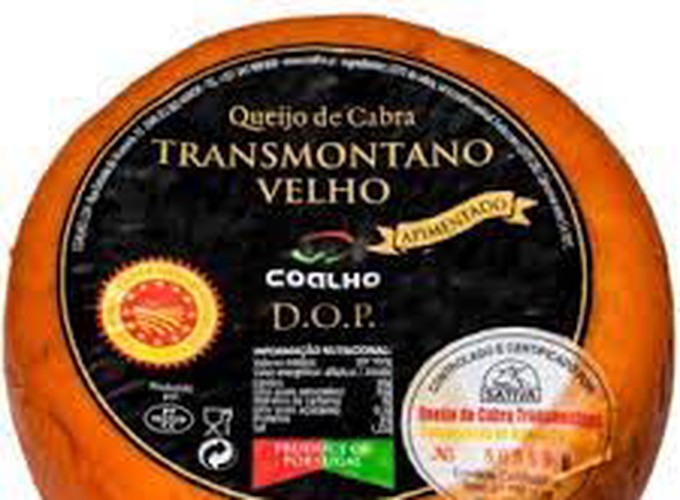

This study characterises the effect of a customised starter culture (CSC) and plant extracts (lemon balm, sage, and spearmint) on Staphylococcus aureus (SA) and lactic acid bacteria (LAB) kinetics in goat’s raw milk soft cheeses. Raw milk cheeses were produced with and without the CSC and plant extracts, and analysed for pH, SA, and LAB counts throughout ripening. The pH change over maturation was described by an empirical decay function. To assess the effect of each bio-preservative on SA, dynamic Bigelow-type models were adjusted, while their effect on LAB was evaluated by classical Huang models and dynamic Huang–Cardinal models. The models showed that the bio-preservatives decreased the time necessary for a one-log reduction but generally affected the cheese pH drop and SA decay rates (logDref = 0.621–1.190 days; controls: 0.796–0.996 days). Spearmint and sage extracts affected the LAB specific growth rate (0.503 and 1.749 ln CFU/g $day^{−1}$; corresponding controls: 1.421 and 0.806 ln CFU/g day−1), while lemon balm showed no impact (p > 0.05). The Huang–Cardinal models uncovered different optimum specific growth rates of indigenous LAB (1.560–1.705 ln CFU/g $day^{−1}$) and LAB of cheeses with CSC (0.979–1.198 ln CFU/g $day^{−1}$). The models produced validate the potential of the tested bio-preservatives to reduce SA, while identifying the impact of such strategies on the fermentation process.